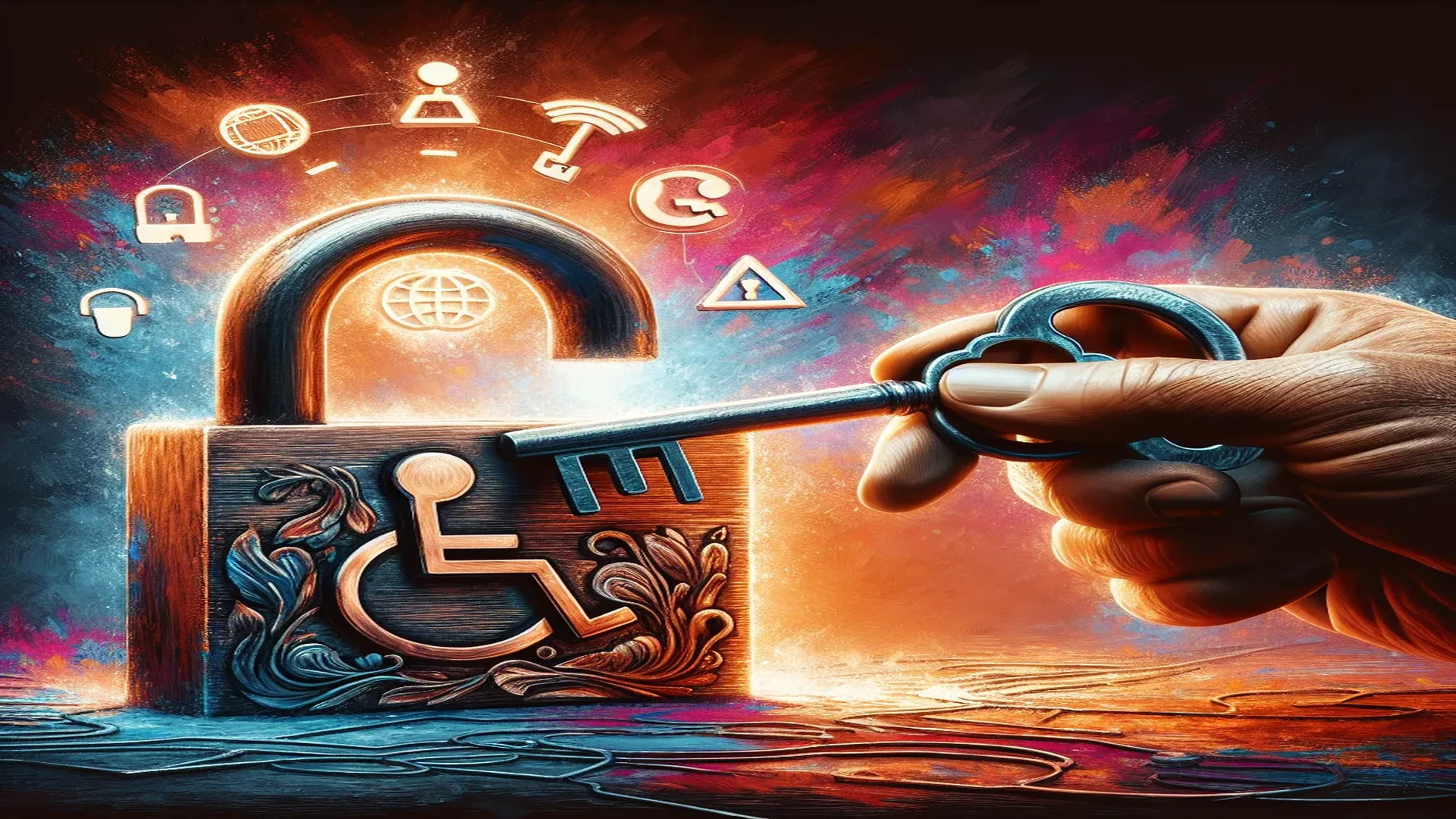Unlocking the Web for Everyone: A Practical Guide to Website Accessibility
Website accessibility is not just a legal requirement; it's a moral imperative. This guide provides practical steps for making your website usable and enjoyable for people with disabilities, thereby expanding your audience and fostering a more inclusive online environment.
Understanding the Different Types of Disabilities Impacting Web Usage
Accessibility in the digital world is as important as it is in the physical world. It's crucial to understand the different types of disabilities that impact web usage. These include visual, auditory, motor, and cognitive disabilities. Inaccessible websites create barriers for these users, limiting their ability to access information, services, and opportunities.
Visual Disabilities
Visual disabilities include a wide range of conditions, from complete blindness to color blindness. Inaccessible websites can pose challenges such as unreadable text, unclear images, and poor color contrast.
Auditory Disabilities
People with auditory disabilities may struggle with websites that rely heavily on audio content without providing captions or transcripts.
Motor Disabilities
Motor disabilities can make it difficult for users to navigate websites that aren't designed with keyboard accessibility or that require precise mouse movements.
Cognitive Disabilities
Cognitive disabilities encompass a wide range of conditions that can make it difficult for users to understand or process information. Websites with complex layouts or confusing navigation can pose significant barriers.
Introducing the WCAG (Web Content Accessibility Guidelines)
The Web Content Accessibility Guidelines (WCAG) provide a framework for making web content more accessible to people with disabilities. Here are some clear, actionable examples of how to implement them:
Alt Text for Images
Alt text provides a textual description of an image for those who can't see it. It's read by screen readers, making your website more accessible to users with visual disabilities.
Keyboard Navigation
Not everyone can use a mouse. Ensure that your website can be fully navigated using only a keyboard, making it more accessible for users with motor disabilities.
Captions for Videos
Provide captions for videos to make them accessible to users with auditory disabilities. Captions should accurately represent the audio content, including dialogue and important sounds.
Proper Color Contrast
Ensure that your website has sufficient color contrast. This makes it easier for users with visual disabilities, including color blindness, to distinguish between different elements on the page.
Conclusion
Website accessibility is a crucial aspect of web design and development. By understanding the different types of disabilities and implementing the WCAG guidelines, you can create a more inclusive and accessible online environment for everyone.
"